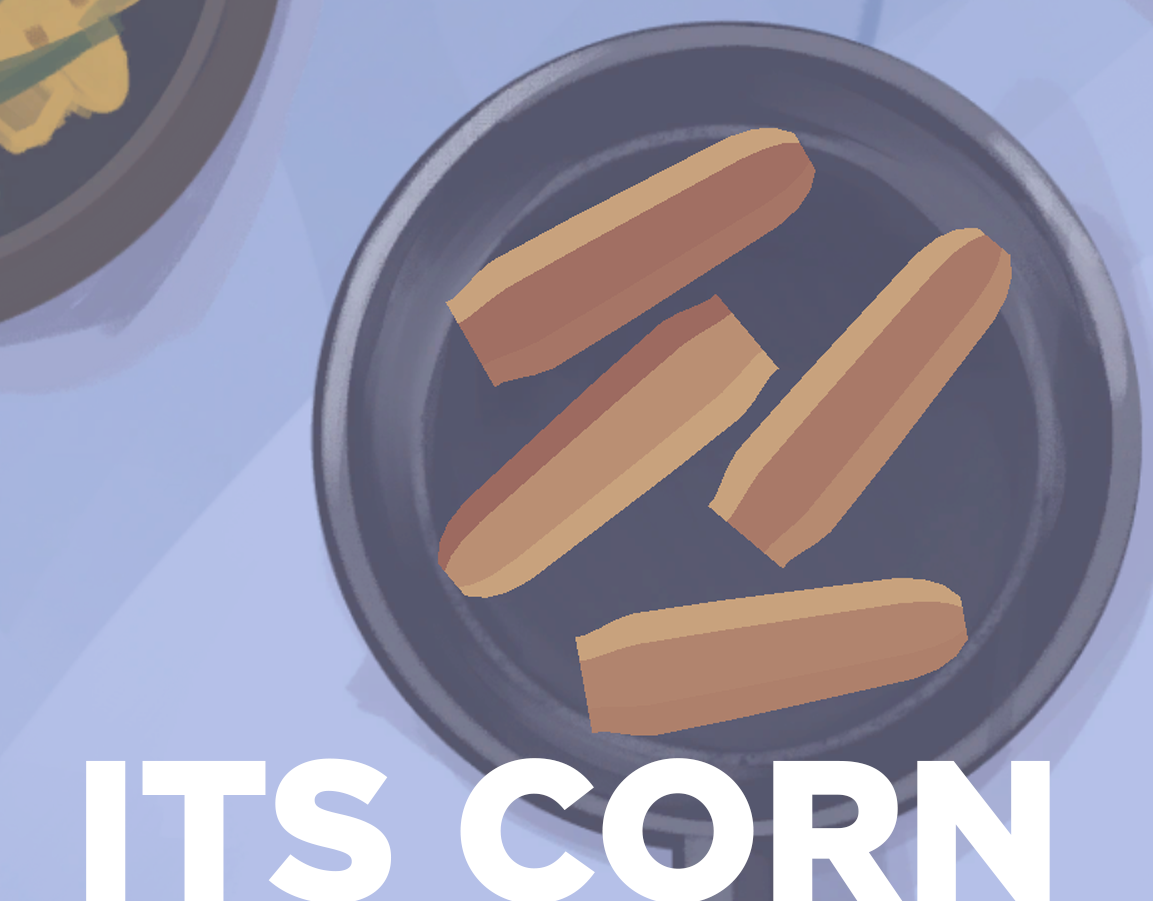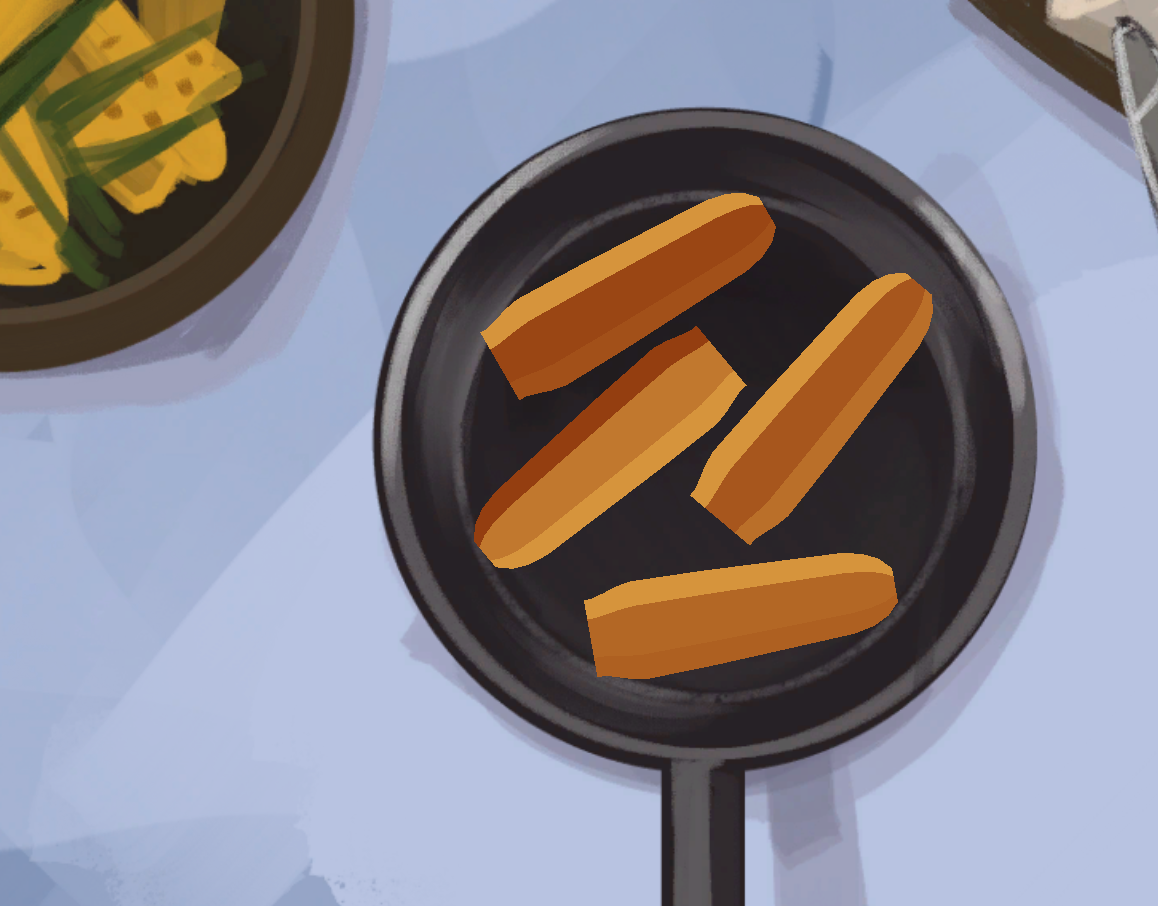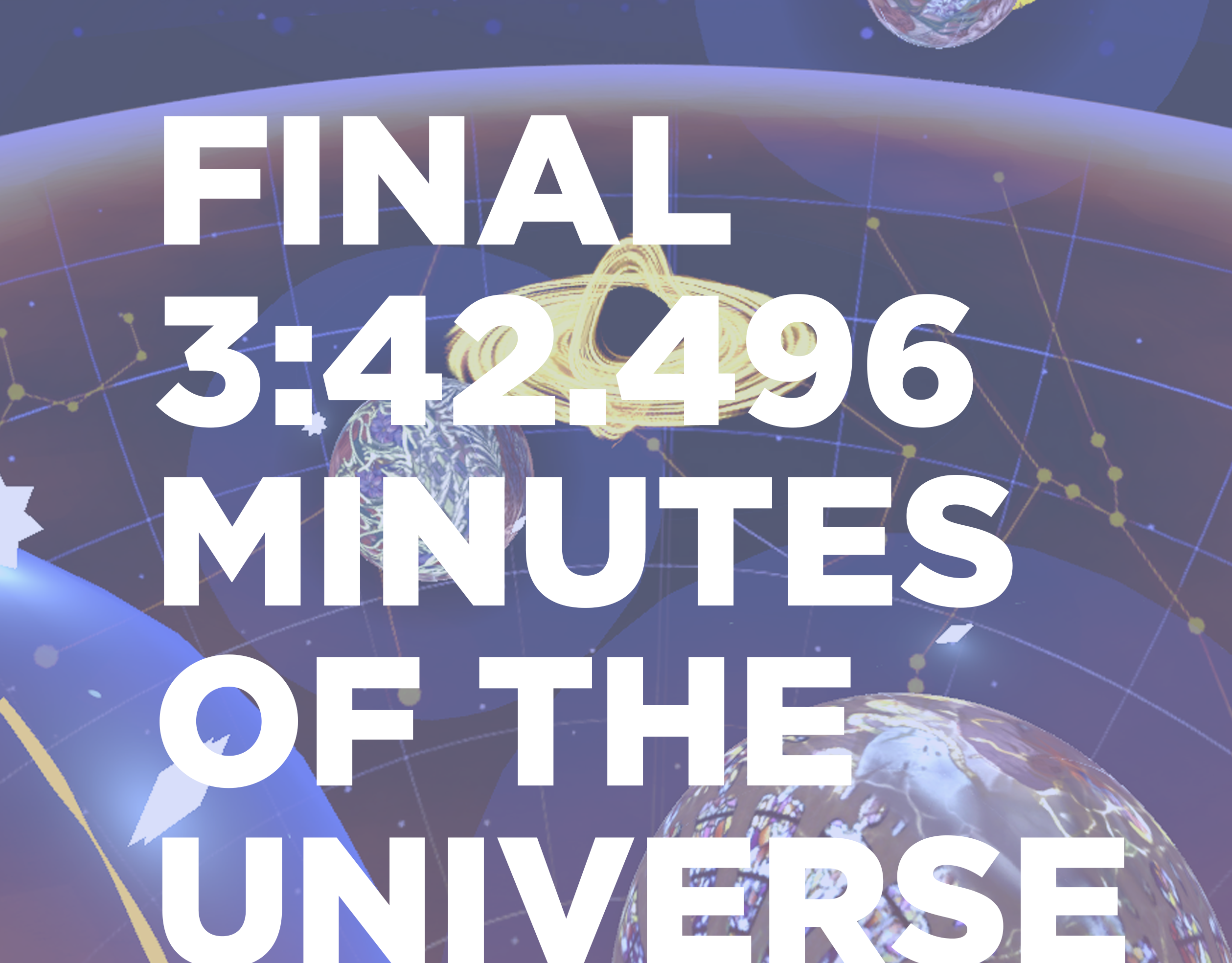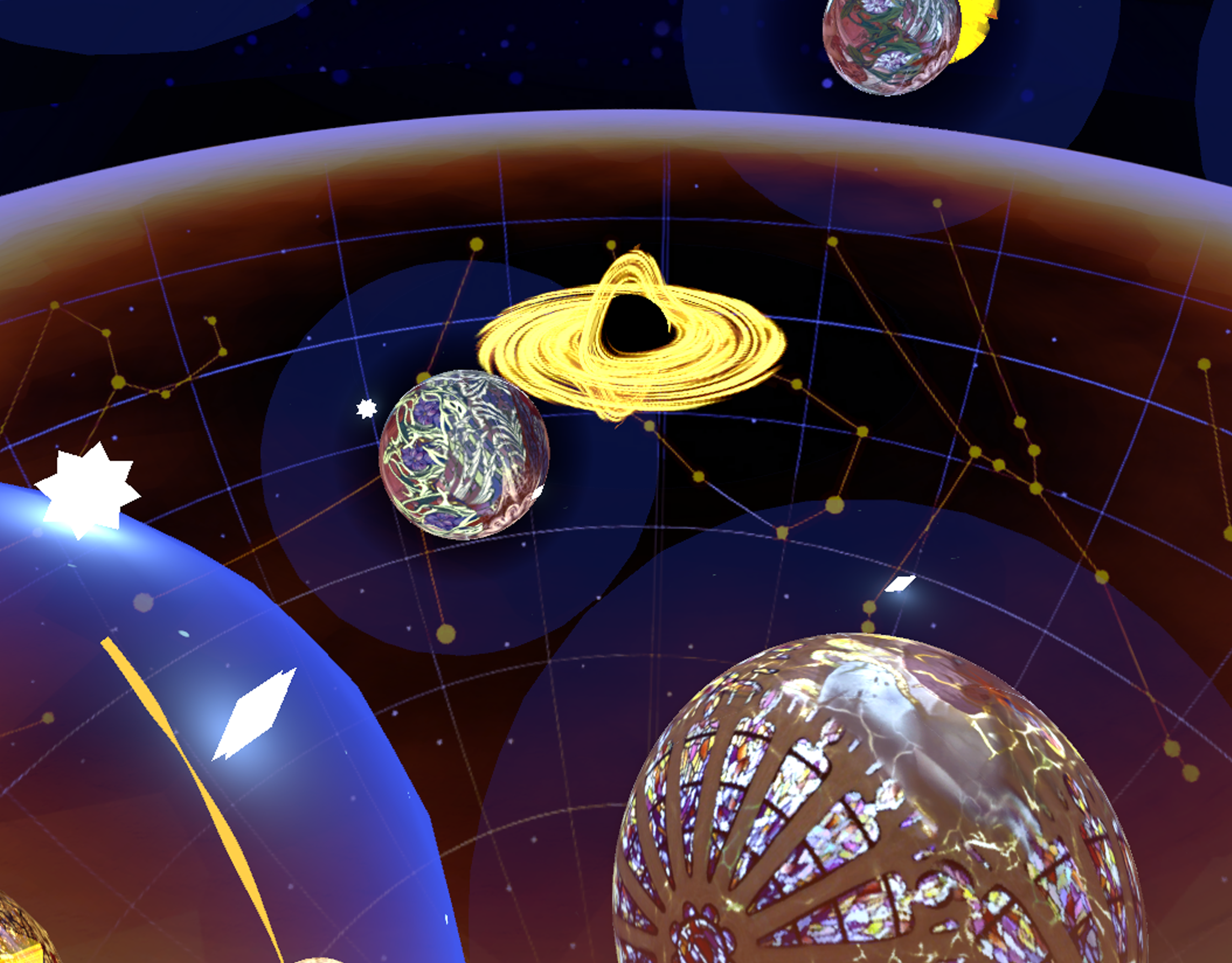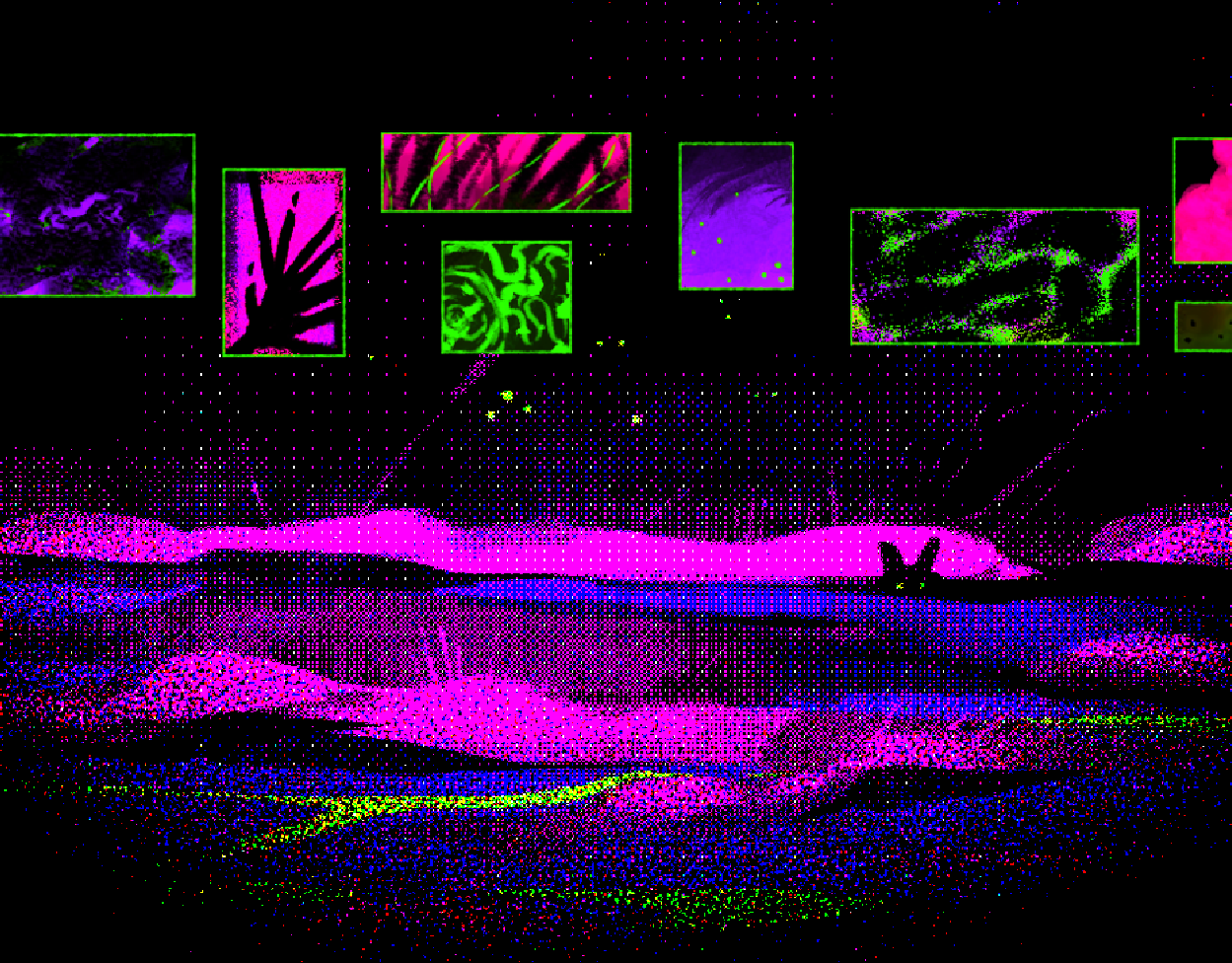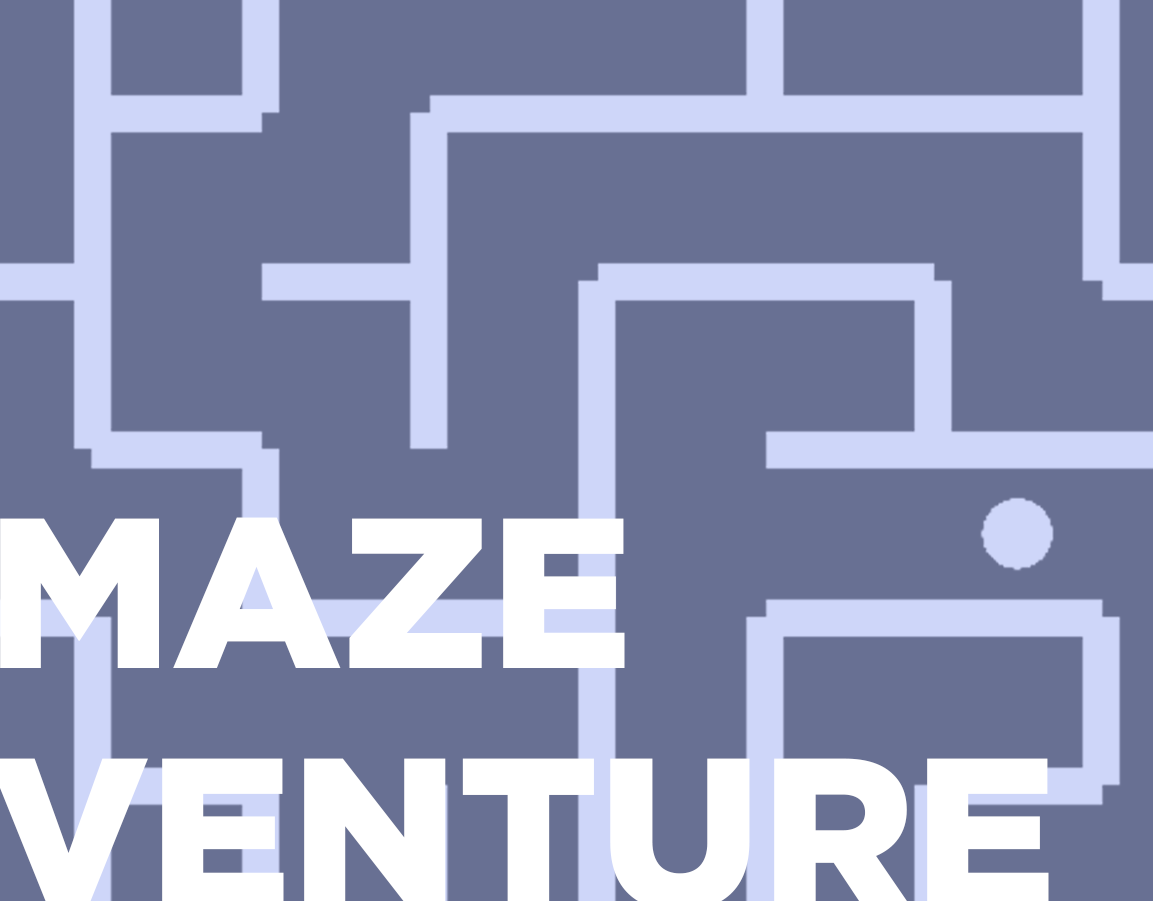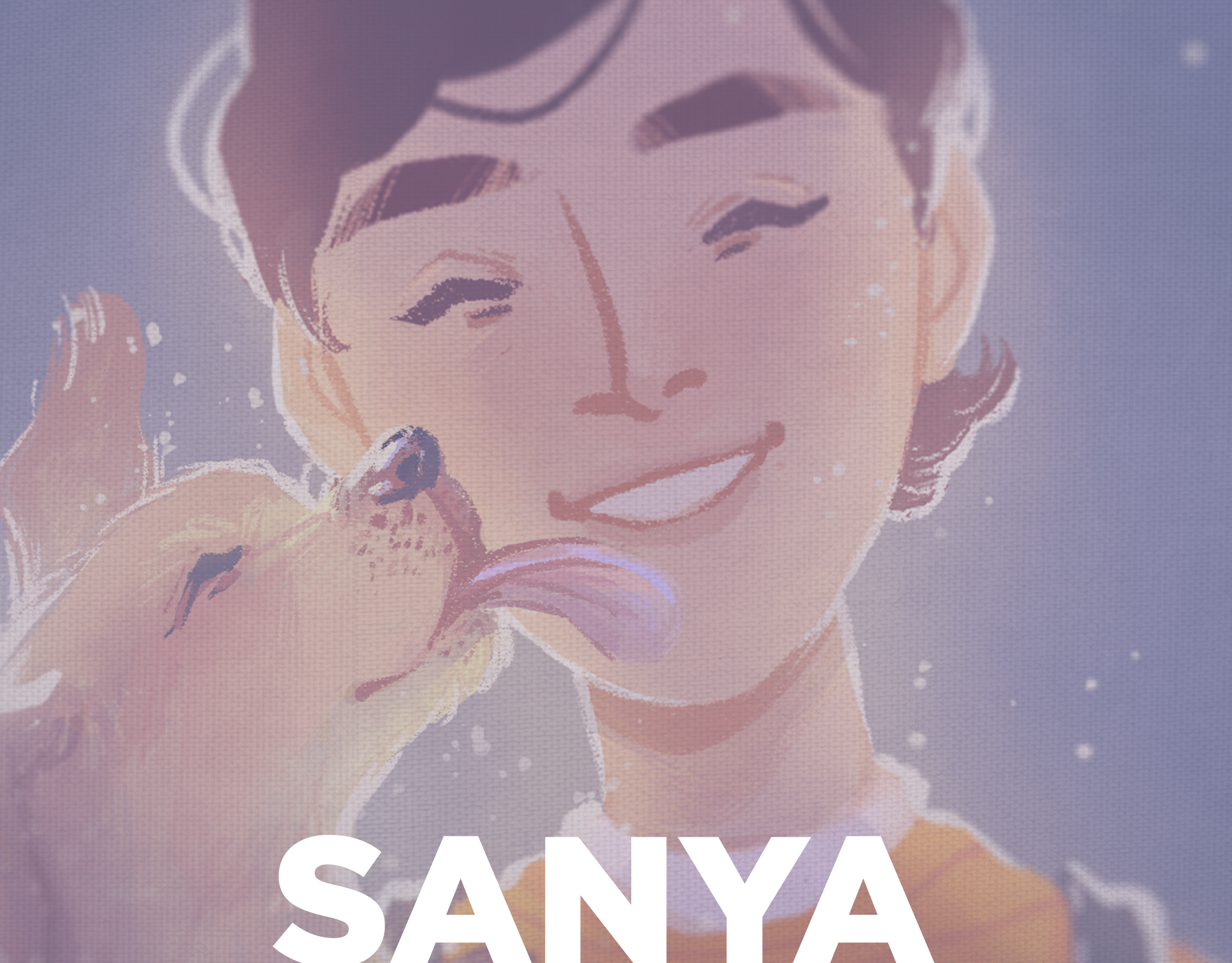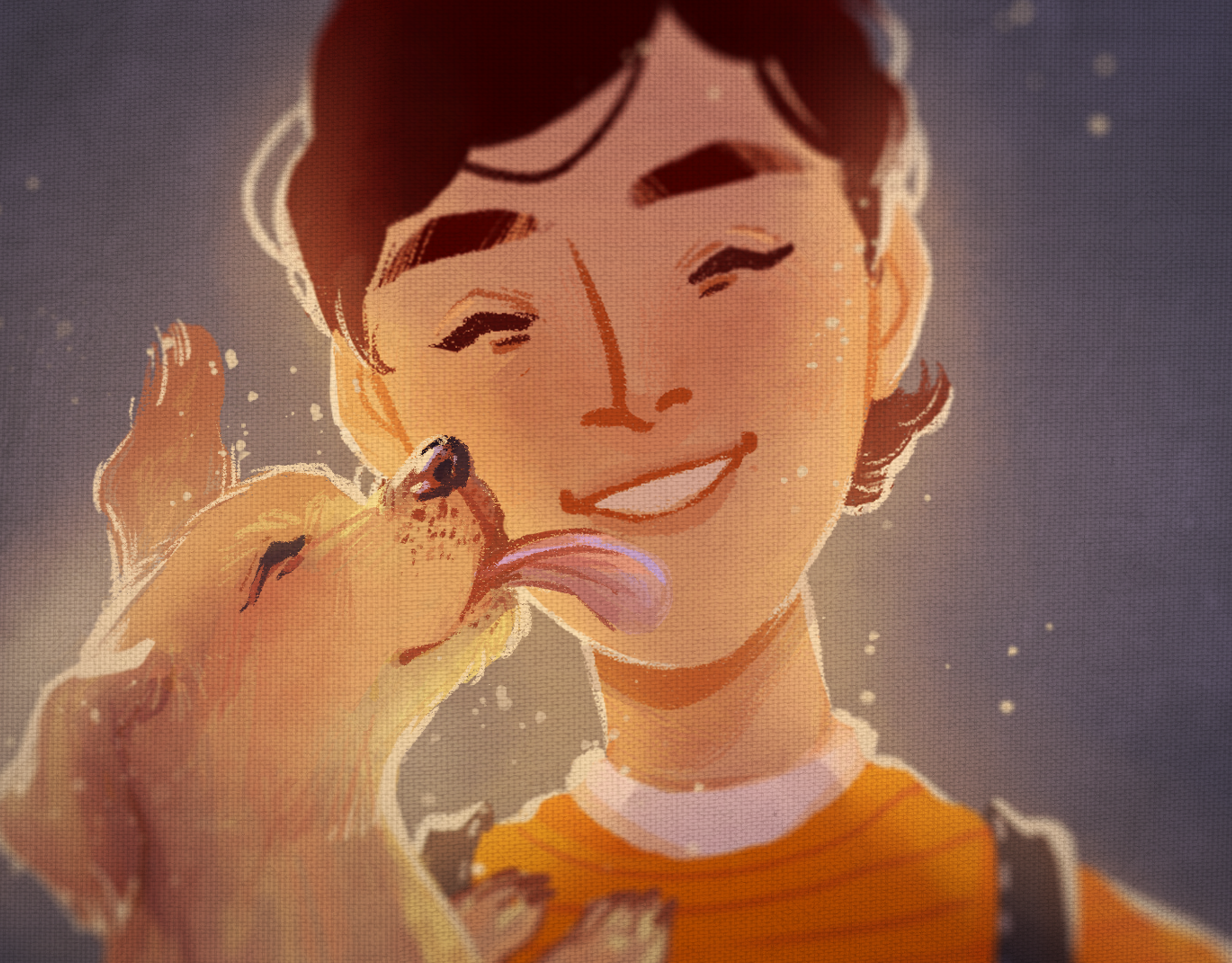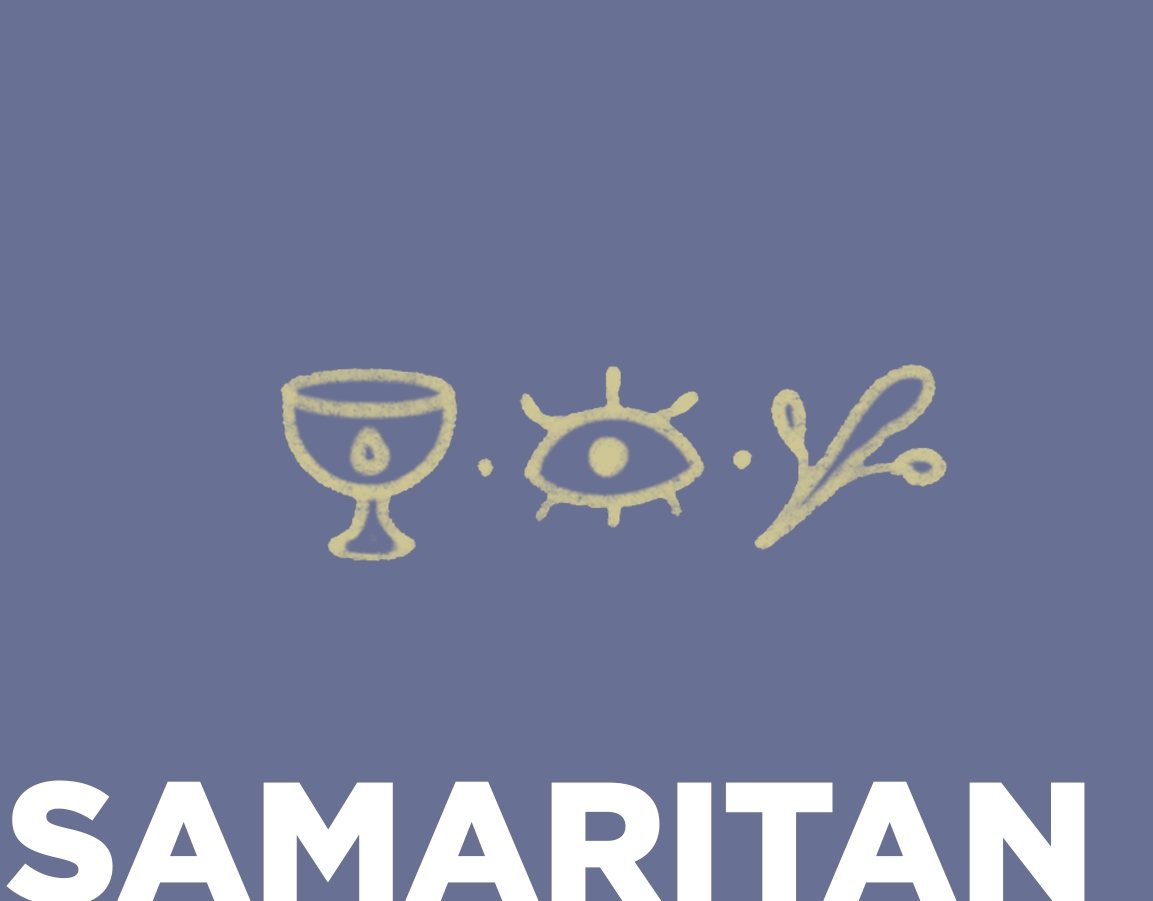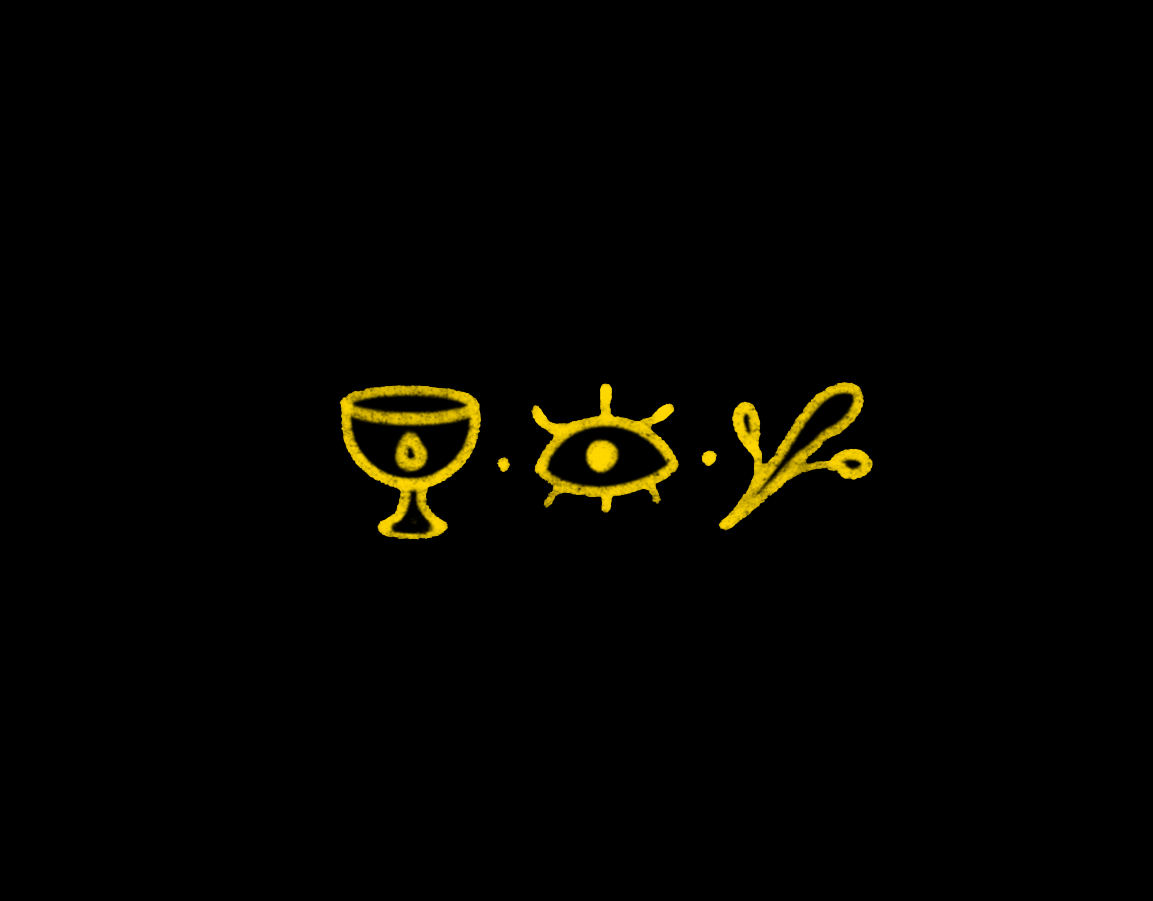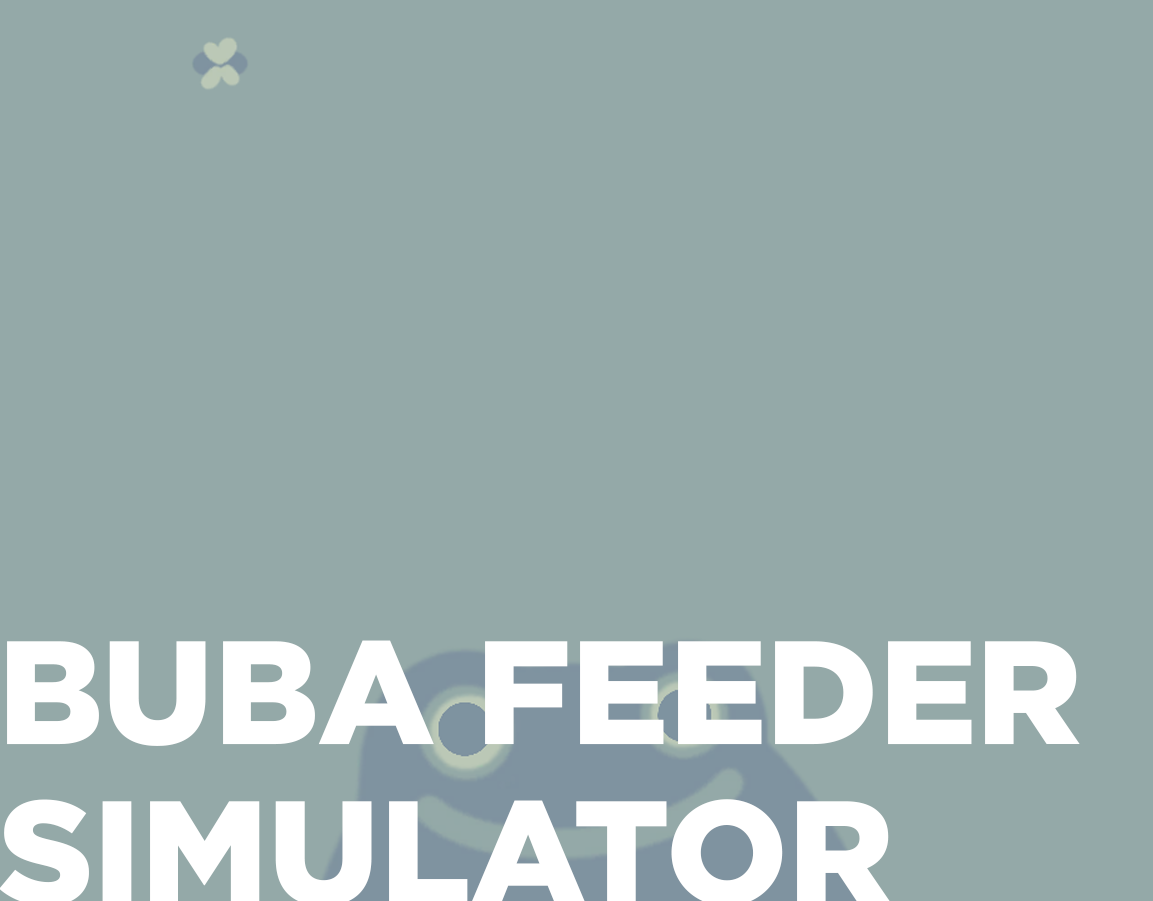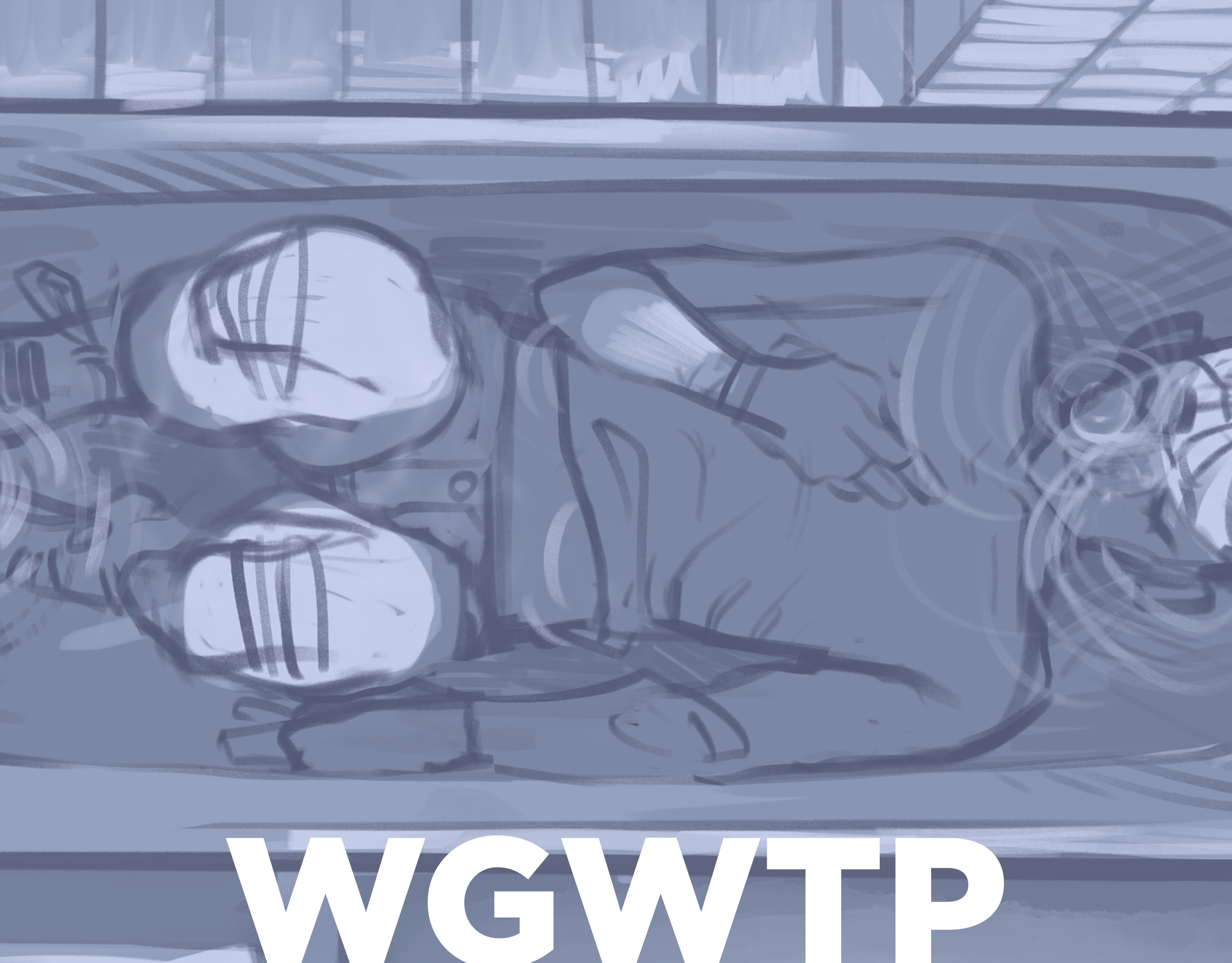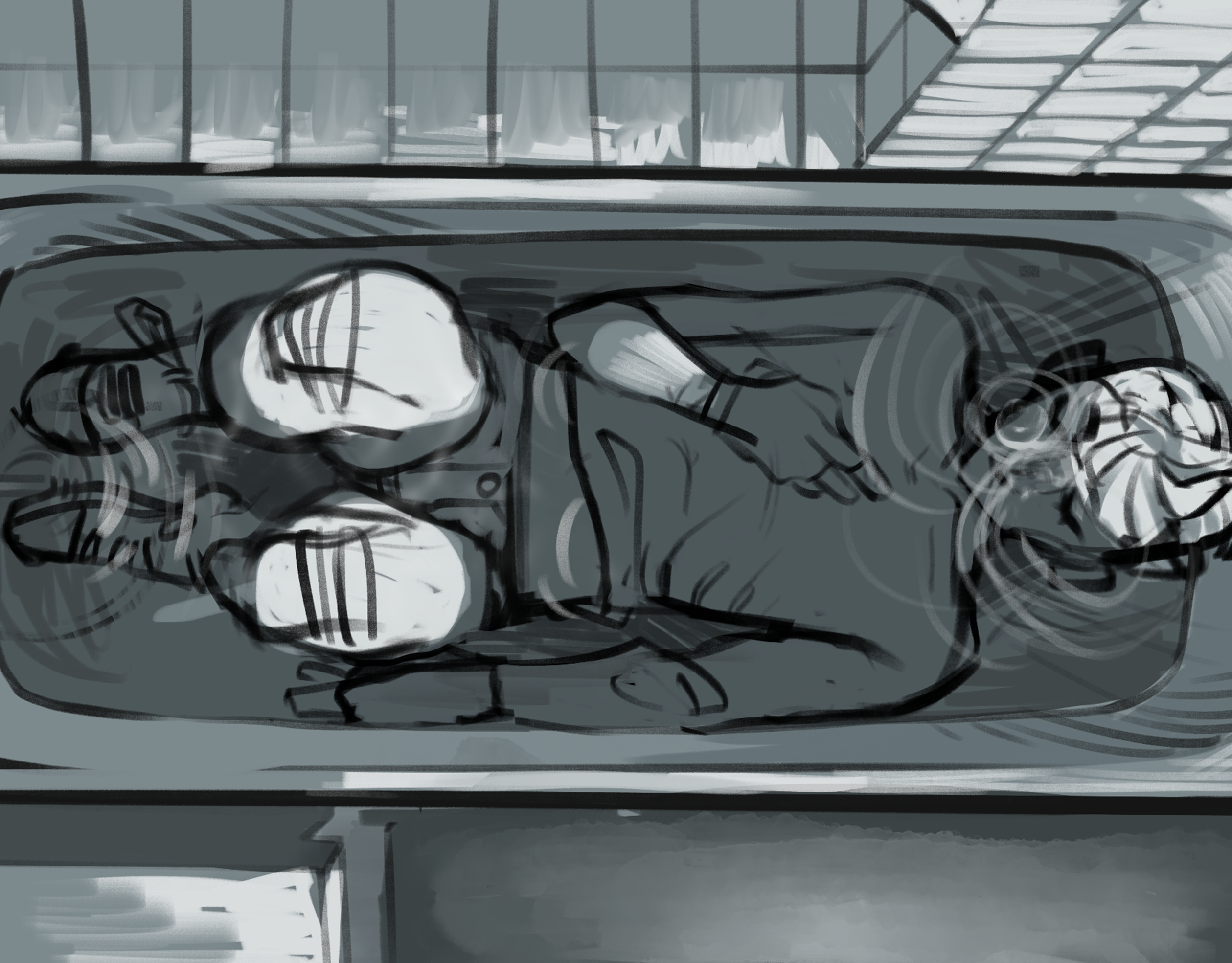
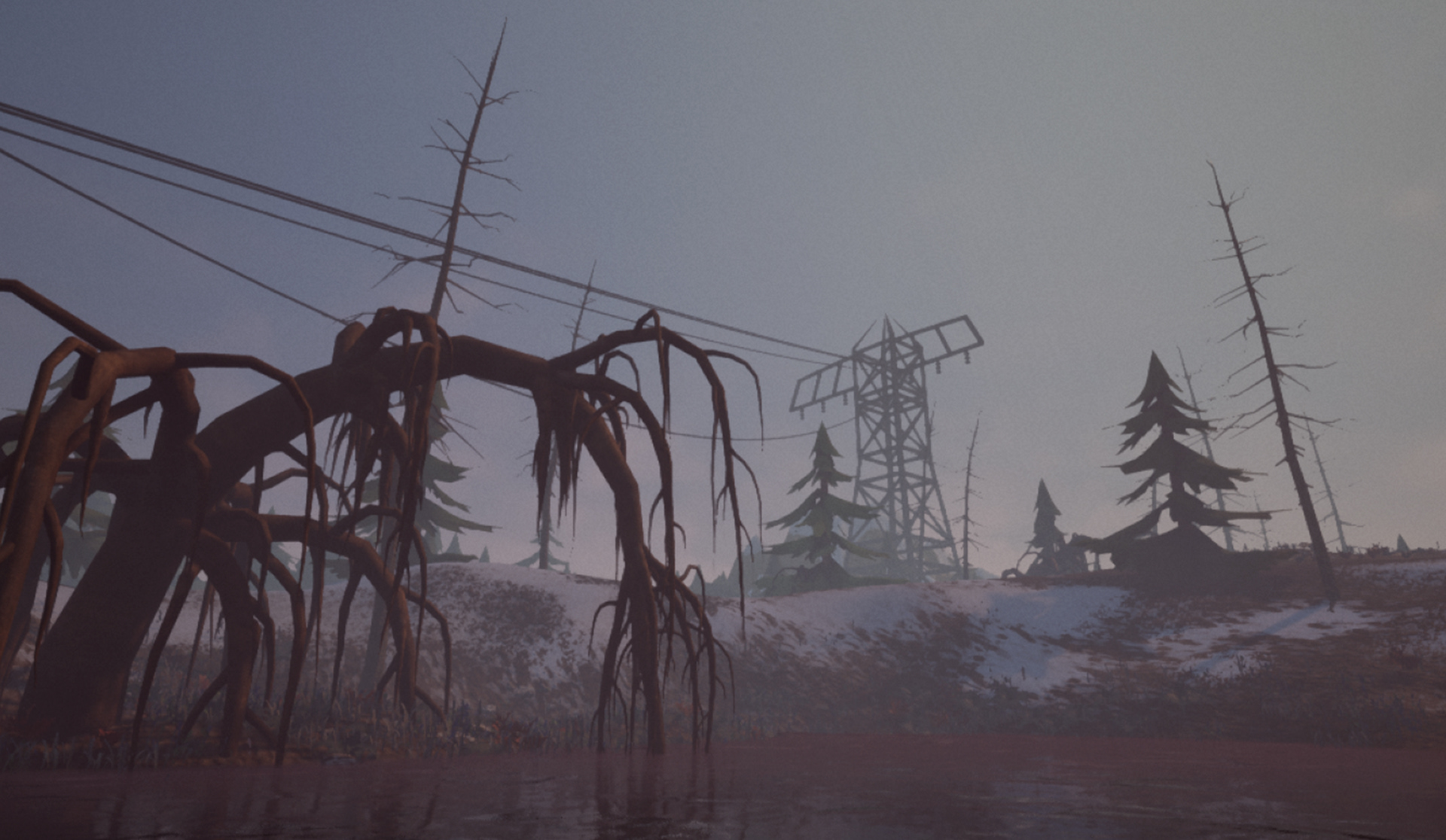
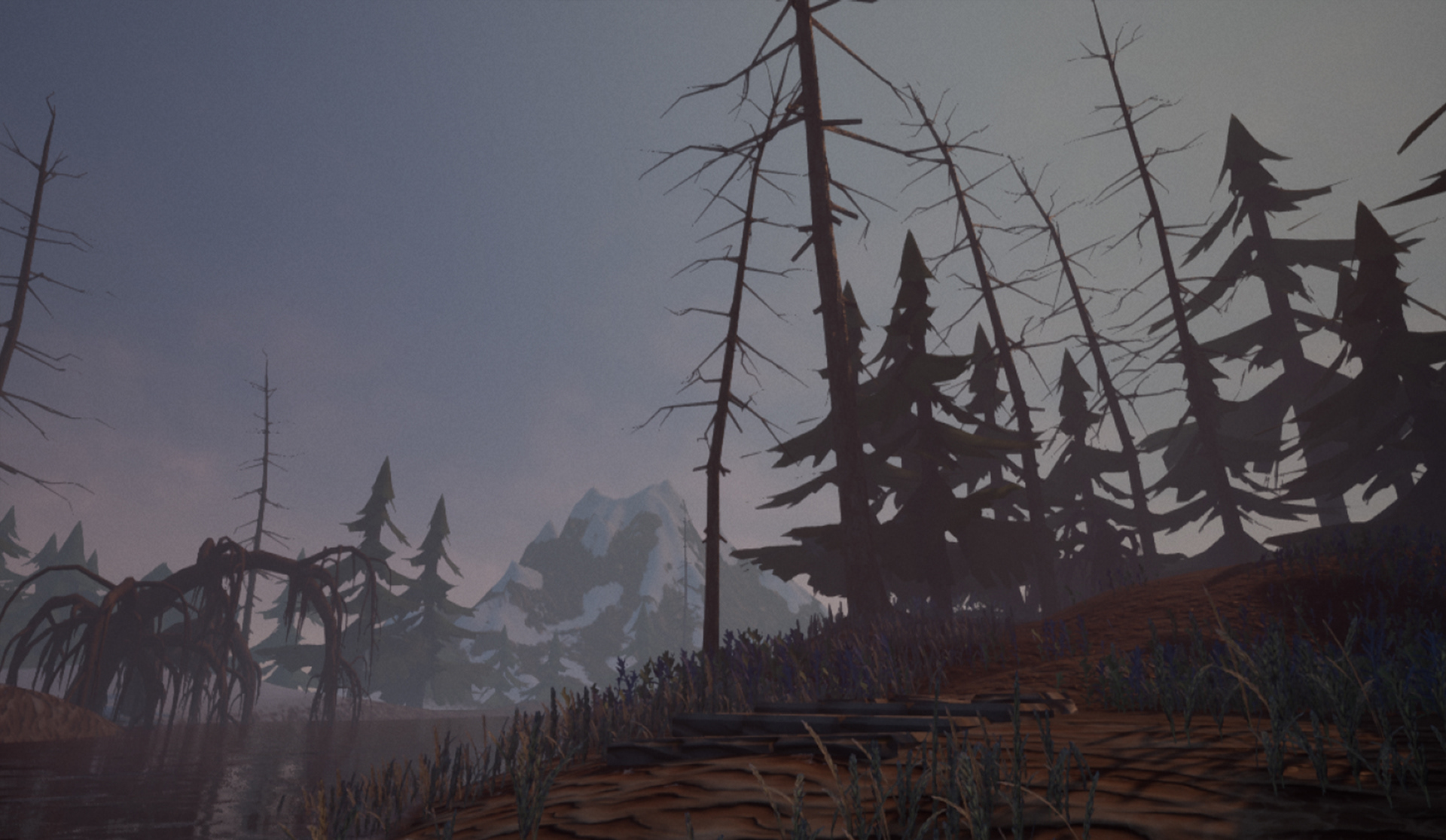
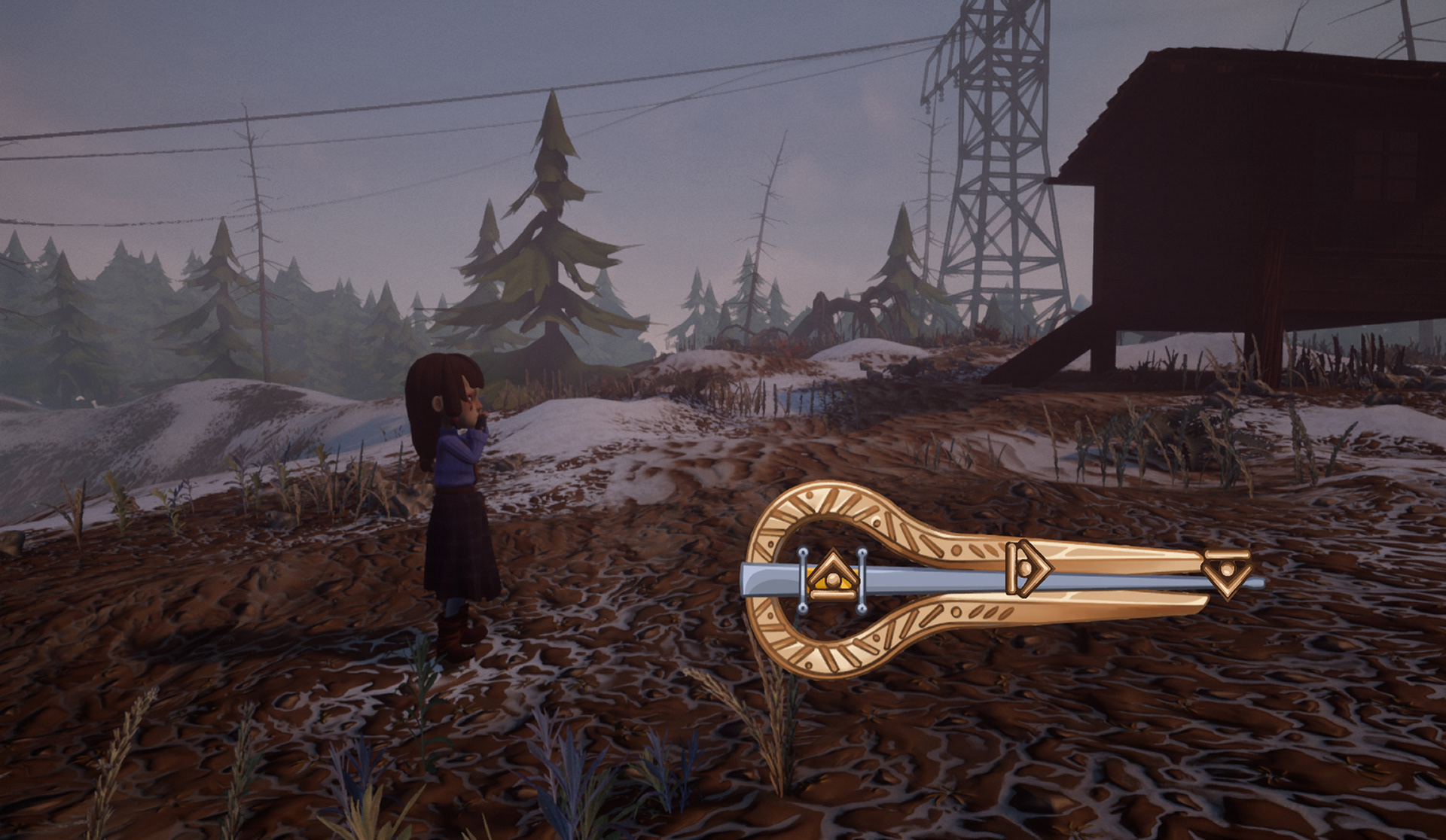
PROJECT OVERVIEW
Year: 2020
Role: Game Designer/Programmer/Artist
Collaborator: Dana Kirilenko
Medium: 3D side-scroller
Engine: Unreal Engine 4
Khangar is a game about a deaf and mute girl named Khan who learns to play mouth harp and finds that the Earth speaks to her, warning her of coming danger. Created by me and Dana Kirilenko, Khangar was our Capstone project, where my main goal was to explore force feedback's ability to serve as a channel of communication between the game and the player, while my colleague was exploring the validity of 'disappointing' narratives. We were inspired by multiple games that represent indigenous cultures, like Never Alone and The Mooseman, and games that create communicative systems for the players to engage with the world on their own terms - especially Loom. CULTURAL SIGNIFICANCE
As a Buryatian person who grew up in Russia and had to live through the consequences of the USSR's politics around ethnic people, I wanted to implement these struggles in creating Khan's people. It was important for me to express their certain indifference to nature and spirituality, which used to be the most important aspects of life and religion for my people, and through that detail convey the imprint left by the Soviet regime on the traditions of my people, where all peoples were driven under one denominator, their identities all but destroyed.
MY CONTRIBUTIONS
My main focus as the developer lay in designing the main mechanic, through which the player character could communicate with the world. Force feedback as an instrument could potentially become a great opportunity to expand the game experience for people with hearing loss and create an additional communication channel between a game and a player.
Additionally, I was also responsible for all content implementation, texture creation, both hand-drawn and Substance Painter work, UI art.
This project showcased my ability to work with hard tasks and never-before-explored features, where I could make difficult design decisions and find programming solutions myself. This project taught me the process of shaping very specific ideas into code inside the engine. After many experiments with force feedback function and different input approaches, I taught myself fast digital prototyping.
TECHNICAL DESIGN & PROGRAMMING WORK
It was important to transfer the feeling of playing vargan (mouth harp) onto the controller with force feedback. With vargan, the musician uses their mouth as a resonator, changing the pitch of the instrument, but the main hand movement is plucking the end of the spring (twanger) so that it creates vibration between your teeth. I decided to simulate that feeling by plucking your controller stick - fusing these two together meant that both mouth resonation and plucking the twanger must be performed together, so now the angle of the stick rotation mattered for the correct melody.
I was the main programmer, so all Blueprints work was on me, controller inputs, UI logic, system to create force feedback conversations, etc.

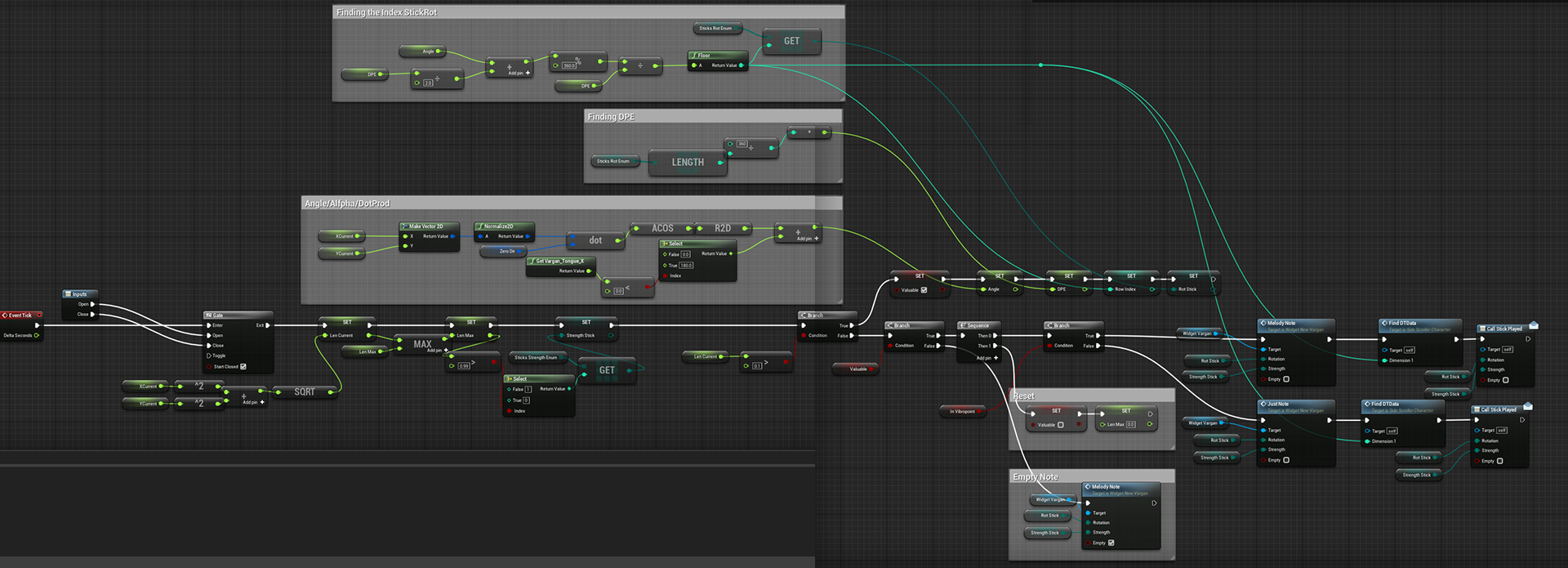
Another important task was creating a project environment, which would be accessible for my colleague who was working on the level design of the project. For the sake of comfortable simultaneous work, they were able to design unique "melodies" (words of dialogue from the Earth), right on the level, which improved our collaboration experience greatly.
TEXTURING & UI
I used Substance Painter and Adobe Photoshop to create hand-drawn textures for characters and environmental elements.
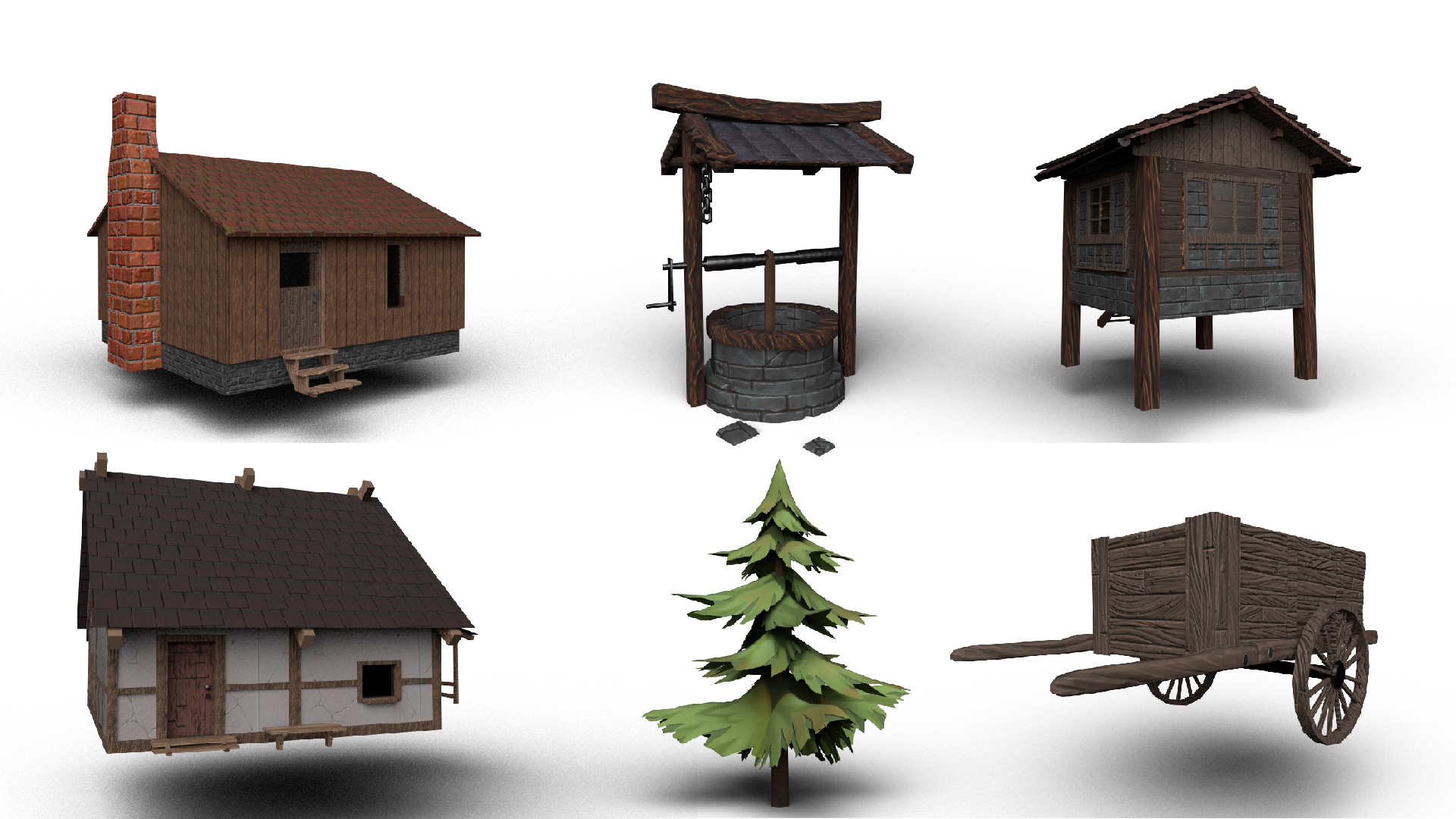
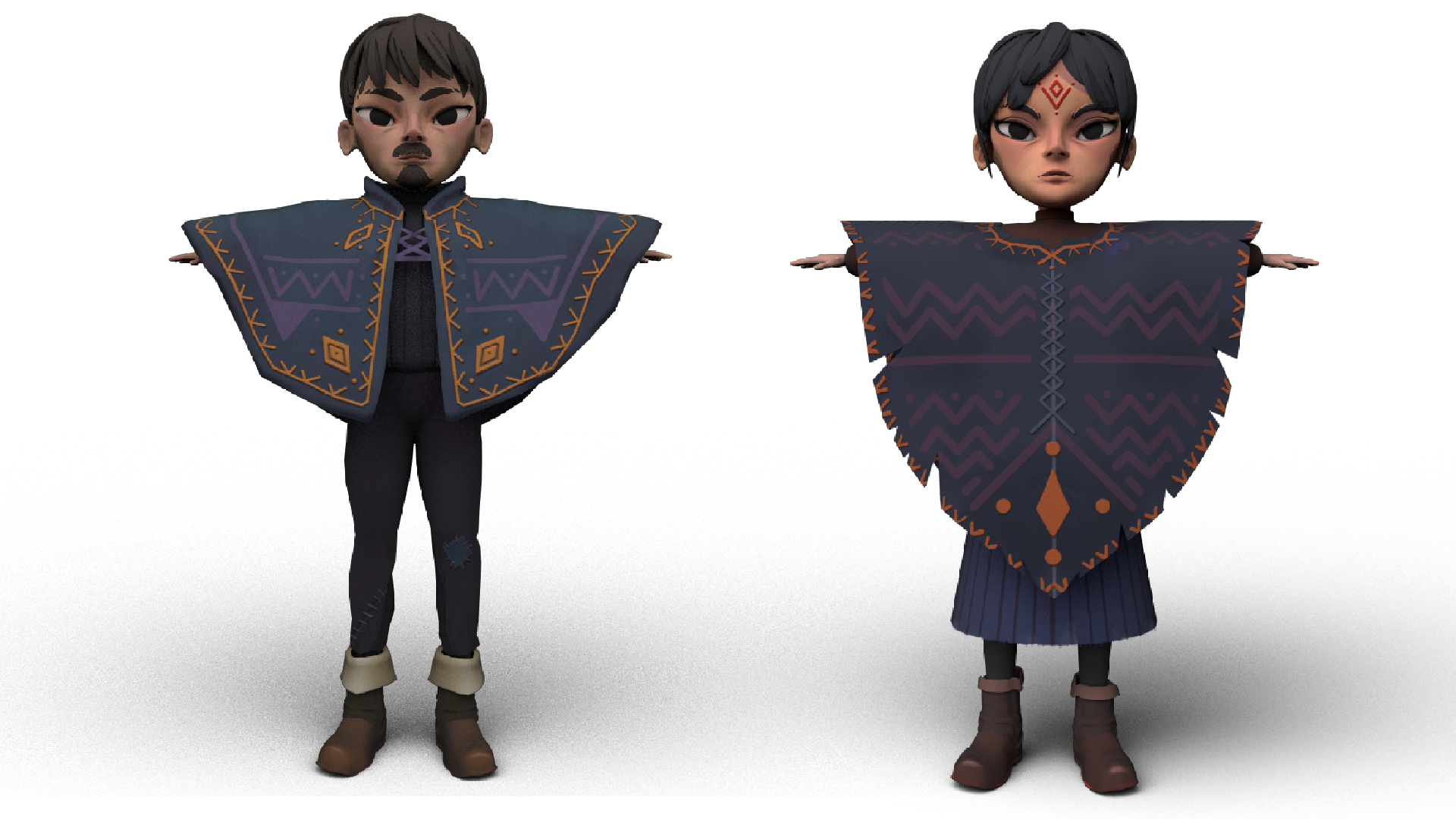
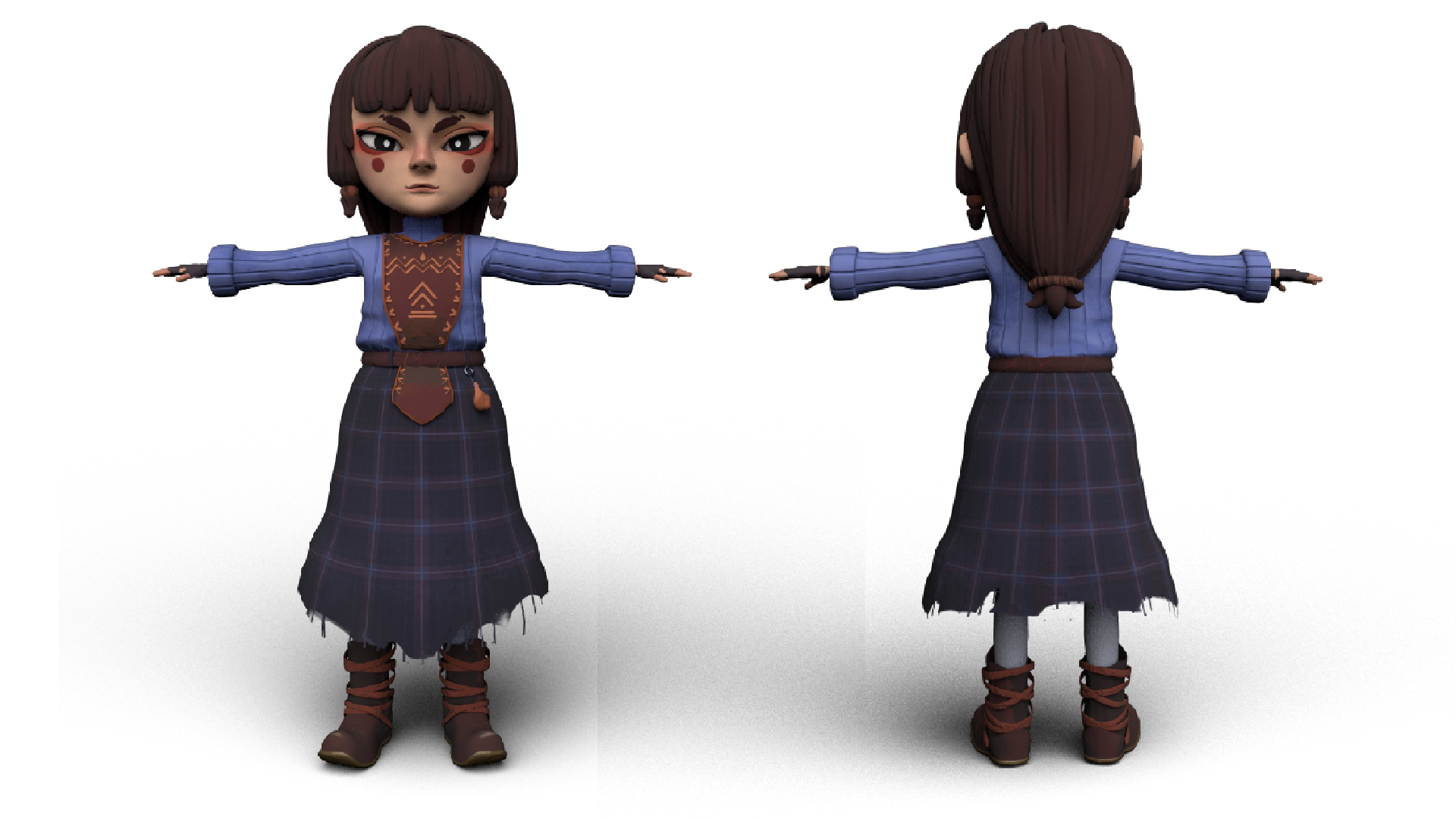
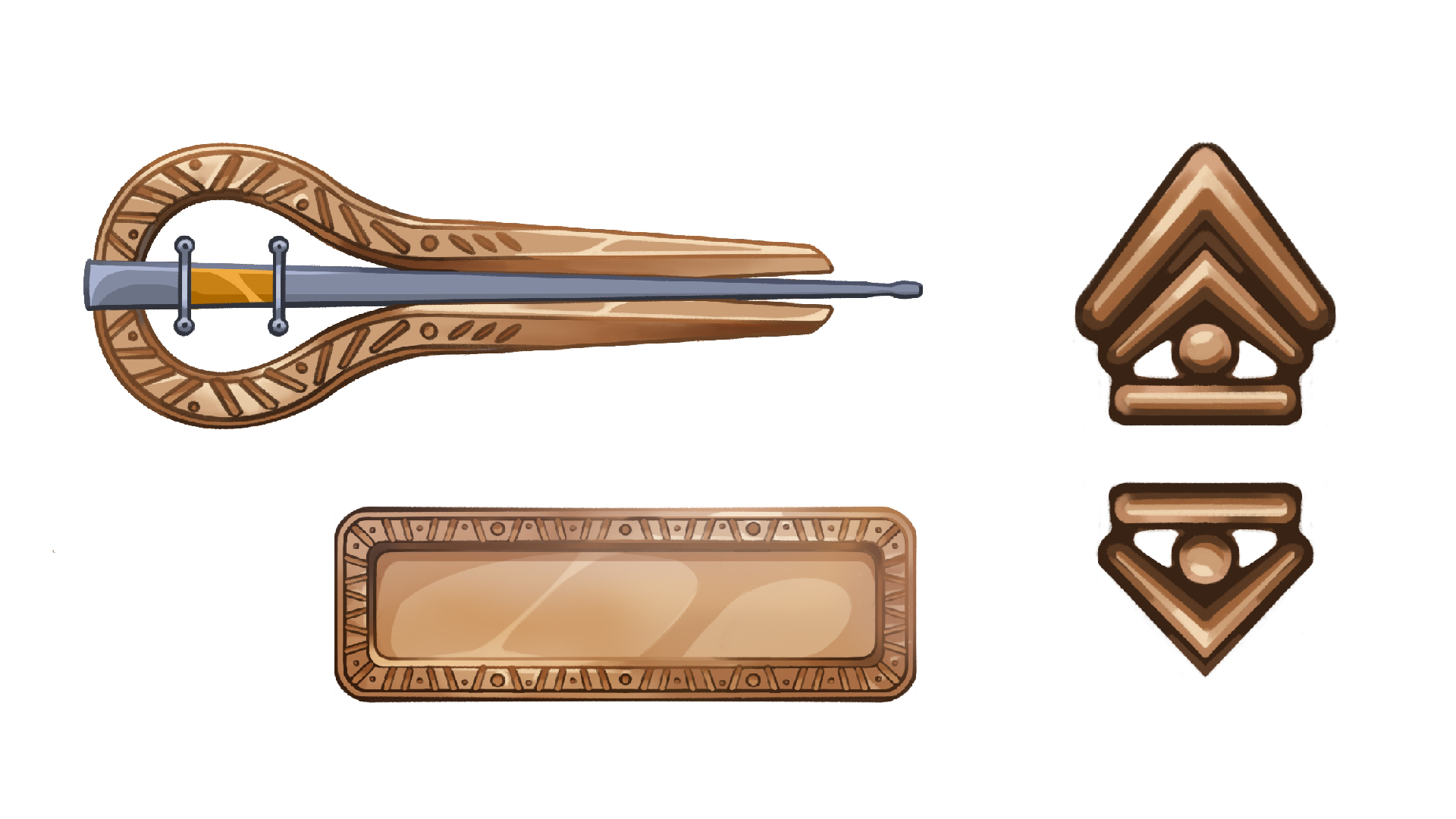
WHAT I LEARNED
Trying to experiment with force feedback as much as possible and fighting with tech that I've never worked with before, we got stuck in a forever experiment chamber. The game was there, but not very fun to play, even though, the goal of introducing force feedback as a channel of communication between the game and the player was achieved.
FUTURE OF THE PROJECT
Me and my colleague were looking to improve on the gameplay aspects of the game, where we could make a more direct statement that bothers us and create a dynamic gameplay with the main mechanic.


